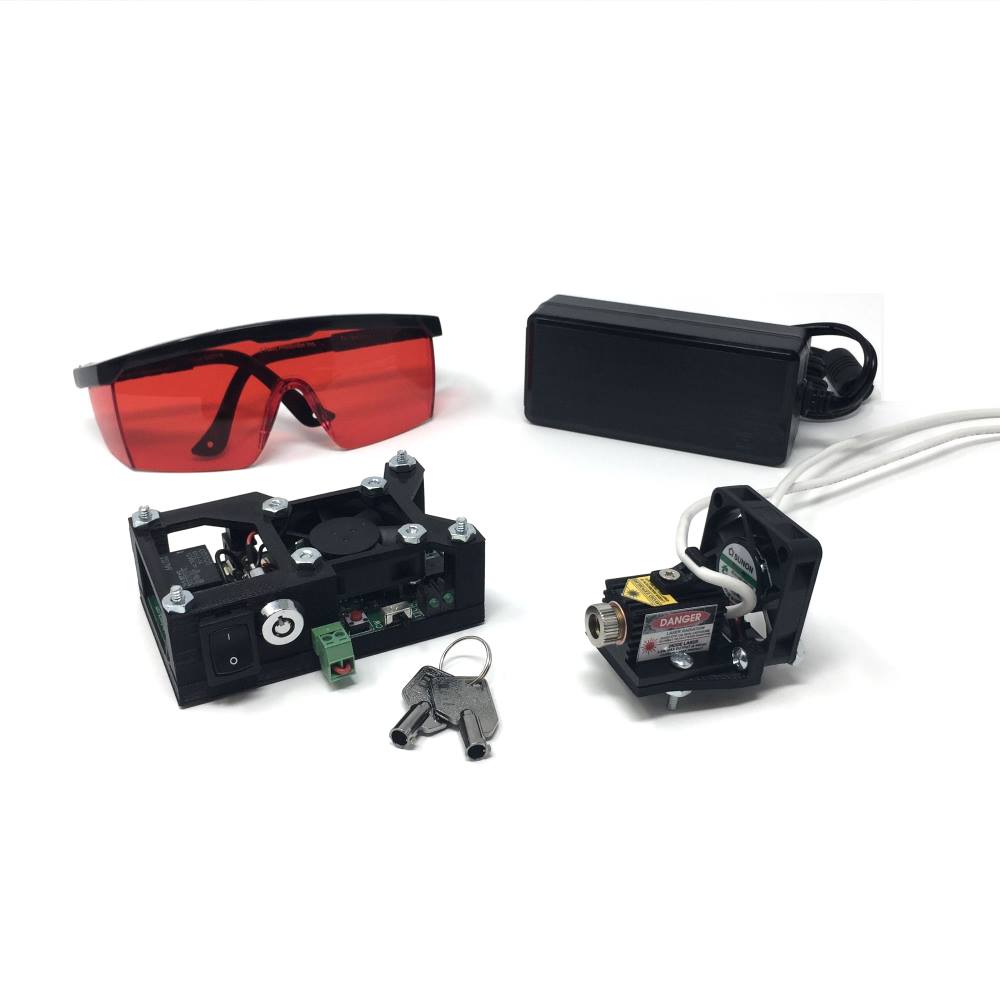Take your calipers if you want to make SURE that its sub 0.05mm just look hard into it, may be difficult to get proper readings and make sure they have a good vernier scale Lol. Focus it down and try different lenses. Get a G2 lens from dtr. It has a short focal length that will get you the smallest spot possible. and Remarking on your point, If its not rocket science you already know how to do, You asking us is just wasting your precious time if it inst hard to do *right princess*? Also check your diode, If its 5.6mm in dia its the sharp diode, If its 3.8mm you got the good single mode BDR. If its not the BDR swap it out for one, gonna get you the smallest spot easily reaching 0.01mm since you know it is used in a blu ray writer so by default the spot has to be a lot smaller than that to write the data.
Well finally I found some valid information.
So from what I understand with your concept, I need to obtain "G2 lens" (I have seen them advertised at random times when purchasing laser modules) from "dtr". If you do not mind, can you please elaborate what "dtr" means?
The reason why I say it's not rocket science is because of basic math: 0.1mm - 0.01mm is 0.09mm. Therefore achieving a better focal point by a difference of 0.09mm is not rocket science, I hope you get my focal point (pun indented...
So the laser diodes has to be "BDR" (whatever that means, I'm assuming it is a Sony laser diode part number after googling "BDR laser" lol...).
So after googling, when you say "BDR", I need to get the authentic Sony's "BDR-209" laser diodes?
From what I understand with your concept, the "BDR" laser diode is used for Blu-Ray drives.
Blu ray discs needs smaller than 0.01mm 405nm laser focal point so that the "BDR" laser can properly write/burn digital bits to the Blu-Ray disc.
So a Sony "BDR-209" laser diode along with a good "G2 lens" from "dtr" will solve majority of my problems... thank you kind sir.
(Wouldn't it be more accurate and scientifically valid if I used a CCD/CMOS sensor using the Gaussian method to accurately adjust the beam focal point? It's not like I need an expensive camera, many university papers discuss about this. I'm sure any webcam can be used with a laser filter to not burn the camera's sensor)






